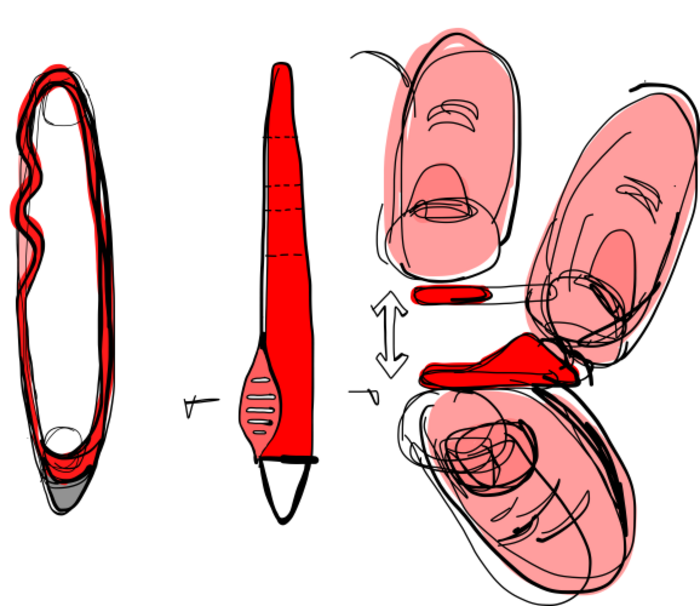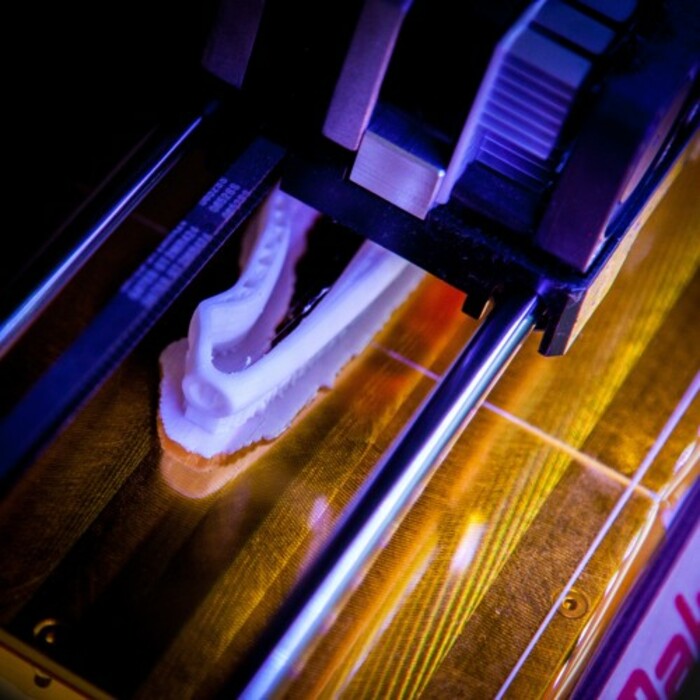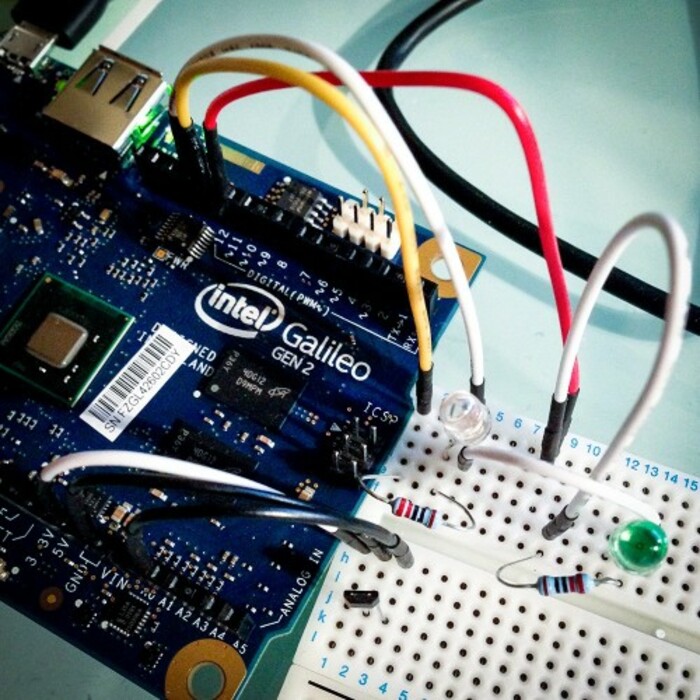How to build a prototype with blood, sweat and €50 of R&D
‘I didn’t want to create a startup, I just wanted to design beautiful products.’
I DIDN’T WANT to create a startup, I really just wanted to design beautiful products for people like myself. However, somewhere along the line, I became an accidental entrepreneur.
I was an architect by trade and for my work I used all sorts of digital tools to design my concepts. My first product, called Scriba, was born out of a practical need that wasn’t being satisfied as I felt the digital styli on the market weren’t living up to their potential.
Fast-forward 18 months, 450 pre-orders, three awards, two international exhibitions, one successful Kickstarter campaign and close to a million cups of coffee, Scriba has entered the manufacturing process here in Ireland and is being readied for launch.
A lot has been written about startups and the keys to success and hopefully I’ll be able to share more of my journey with you, but for now I’d like to walk you through what I’ve learned about prototyping – one of the vital differences between hardware and software development.
A common phrase bandied around the startup community is ‘hardware is hard’.
Thankfully though, with the Internet of Things sector coming of age and the rise of successful hardware startups on Kickstarter, it’s becoming easier to get a physical, connected device off the ground. However, you will gain no traction without first developing a prototype.
Rough sketch
My prototyping began with a basic design – which changed radically over the course of the product’s development.
Scriba is a tactile product and how it felt was going to be crucial. I wanted to design the most comfortable and efficient stylus on the market. And so, with that idea, I drew a sketch. It was basic but it was the first representation of something real.

A new game changer
The advent of 3D printing has changed everything for hardware startups. This technology enables us to make, test and refine prototypes on a level that was never-before possible.
My familiarity with 3D modelling and computer-aided design meant that it didn’t take long for me to add the skills to develop a 3D mockup.
But for those that don’t have a similar background, there are some fantastic tools available including Fusion 360 by Autodesk. These are friendly enough (and free) to allow the tinkerer to get started.
Bring it everywhere
Once I had a prototype, I wanted to understand what it would mean to live with the product so I kept it in my back pocket wherever I went.
I showed the initial Scriba prototypes to everyone I met and harvested their feedback. At an early stage I had already tested 40 versions of the original concept.
While it’s worth mentioning that I have my own 3D printer, which allowed me to rapidly iterate the design, there are also a number of resources like Shapeways, Hacketts and Dublin’s U3D that can help if you don’t.
I also showed the design to Tim Varian, an ergonomic engineer turned architect, who has worked closely with me to add a rigour to my ad-hoc canvassing. With the ergonomic design progressing, I turned to the electronics.

A crude concept
I was now totally out of my depth. While I had an understanding of design principles, my experience with micro-electronics was minimal (or non-existent). So I looked to see what external support was on offer that wouldn’t cost an arm and a leg.
I attended a couple of hackathons and met some people who later became essential to the realisation of Scriba. I also reached out to Enterprise Ireland and got one of its ‘innovation vouchers’. This allowed me to approach third-level institutions for research and development (R&D) worth up to €5,000.
Despite much enthusiasm in the beginning, the voucher didn’t work out – maybe I was too ambitious.
While I’m sure the Enterprise Ireland scheme really helps a lot of startups, finding the right partner is crucial. So, despite a lot of talk about working prototypes, all I ended up with was a very professional-looking report.
Structured research is great for big companies, however sometimes a crude proof of concept is all that is needed. After months of waiting I was essentially no further along to being able to prove my concept, which left me feeling dejected without a clear direction forward.
Lightbulb moment
In desperation, I dug out an Intel Galileo board (a development board for product designers) that I got at a DCU-PCH Hackathon. It looked very complex and my original plan in taking it was to sell it on eBay. However after some initial experiments I realised that, despite my absence of experience, it was surprisingly accessible.
Over Christmas 2014, I started fiddling and, with the help of YouTube tutorials, I managed to get an LED light to blink. It doesn’t sound like much, but this was a real moment for me.

With new-found confidence, I gradually added more components to my embryonic circuit and within three weeks I had created a working proof of concept of what was to become Scriba.
It wasn’t pretty, but that didn’t matter. Now I could show people how Scriba might work and all this R&D had cost me only €50.
Prototyping early is really important for a hardware startup. At the outset, most people will still be in their day job, so making the most of your time is essential.
The tools are readily available so a lot of progress can be made quickly using scrappy prototypes to test and validate your ideas.
David Craig is the chief executive and founder of Dublin Design Studio, which is due to launch its Scriba stylus for mobile devices in mid-June.
If you want to share your opinion, advice or story, contact opinion@fora.ie.






